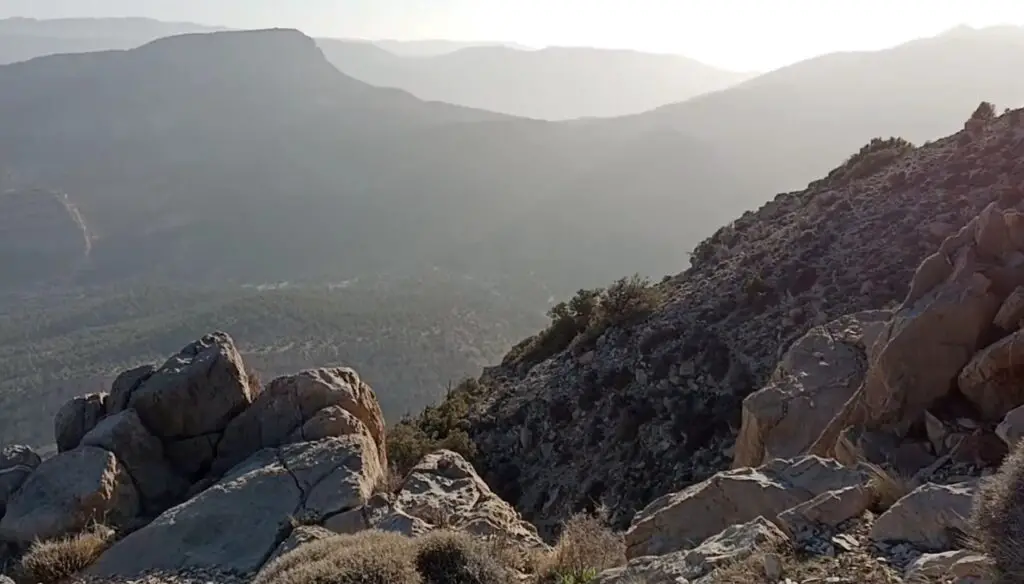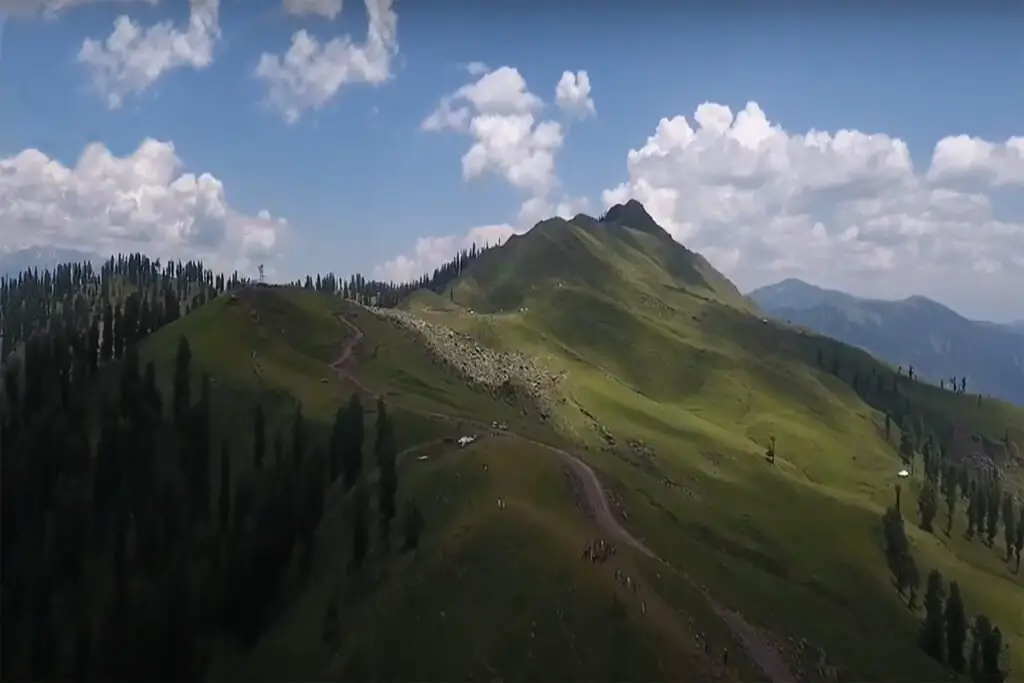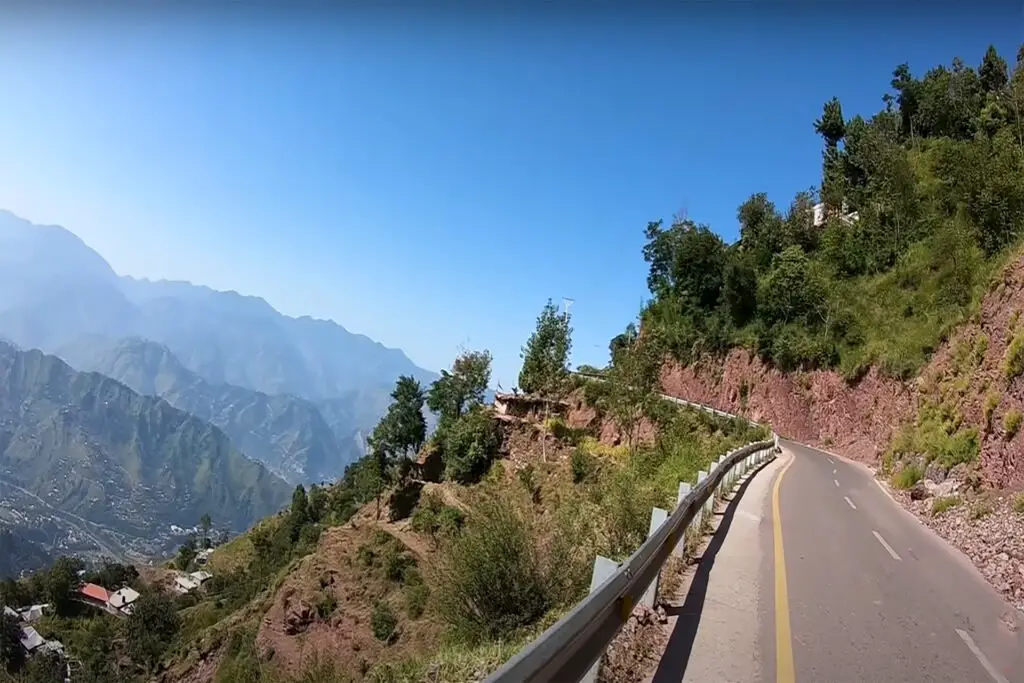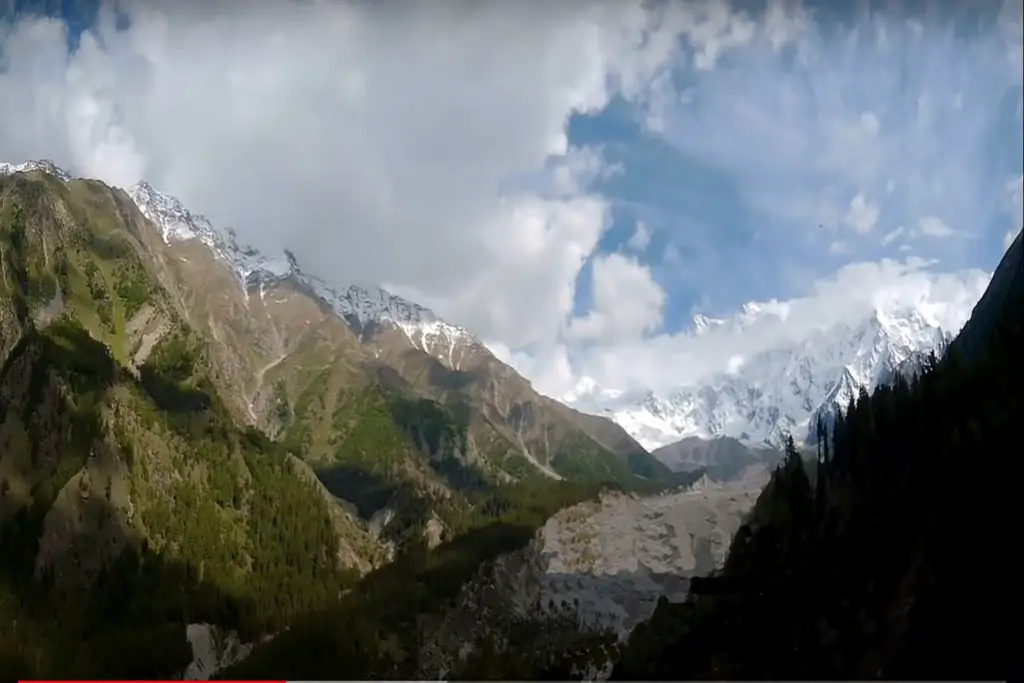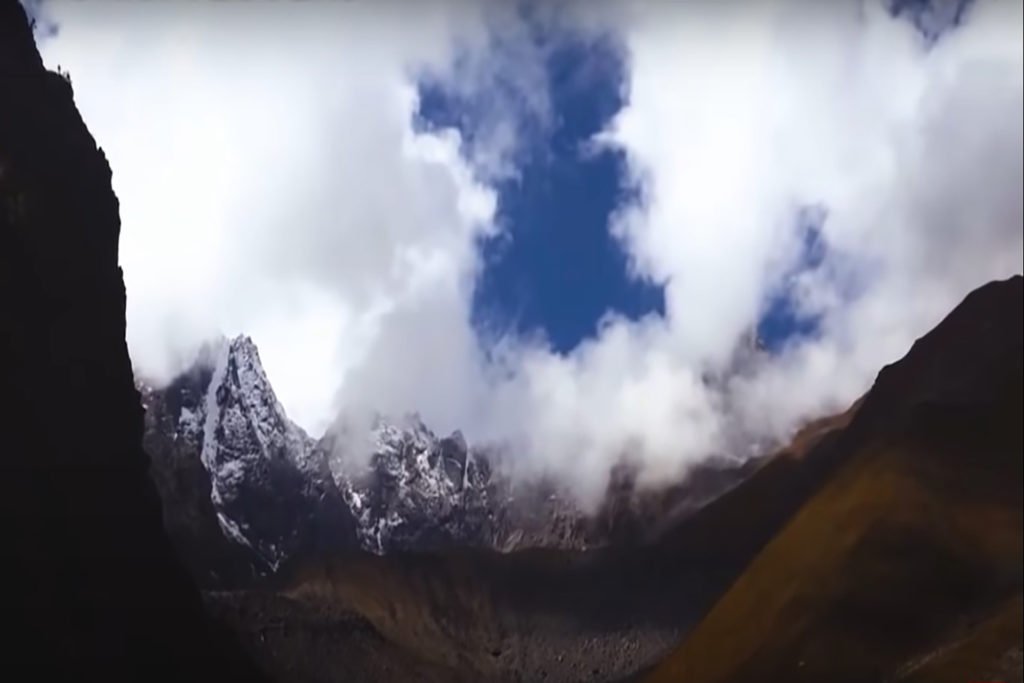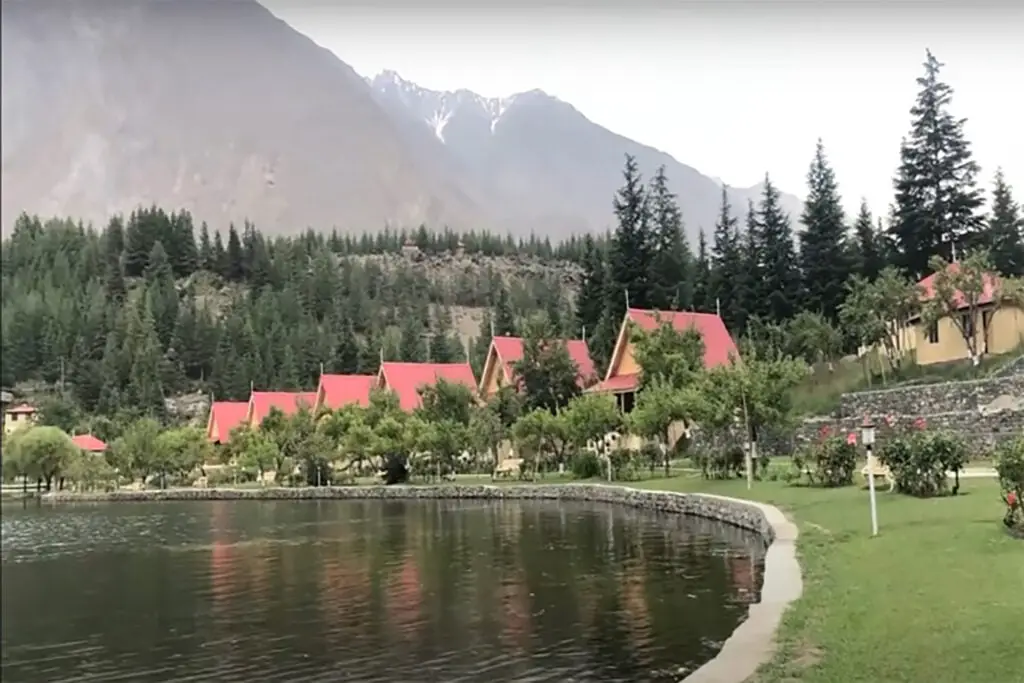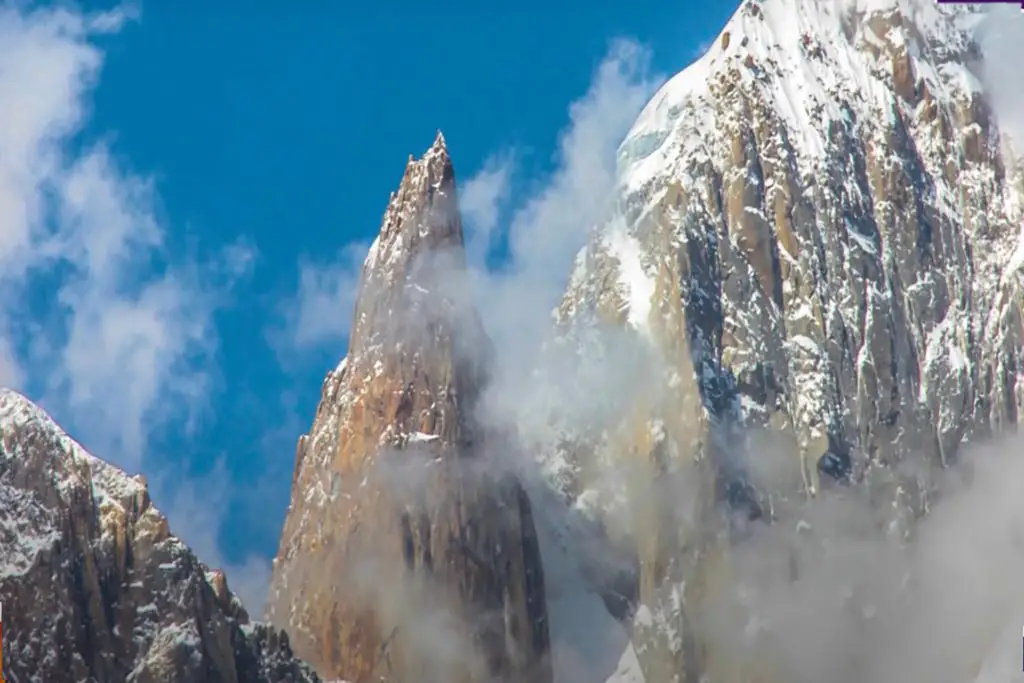Khilafat Hill is a rocky outcrop located near the city of Quetta in the Balochistan province of Pakistan. It is a prominent landmark that rises to a height of around 1,000 meters (3,280 feet) above sea level and offers stunning panoramic views of the surrounding landscape.
The hill is steeped in history and culture, and it plays an important role in the region’s political, social, and spiritual history.
Khilafat Peak Elevation
Nestled within the Ziarat district of Balochistan, Khalifat Peak proudly stands as the second-highest peak in the province, boasting an impressive altitude of 3,475 meters (11,440 feet). This majestic peak is not only a testament to the region’s natural grandeur, but also a haven for adventurous souls seeking both physical challenge and breathtaking landscapes.
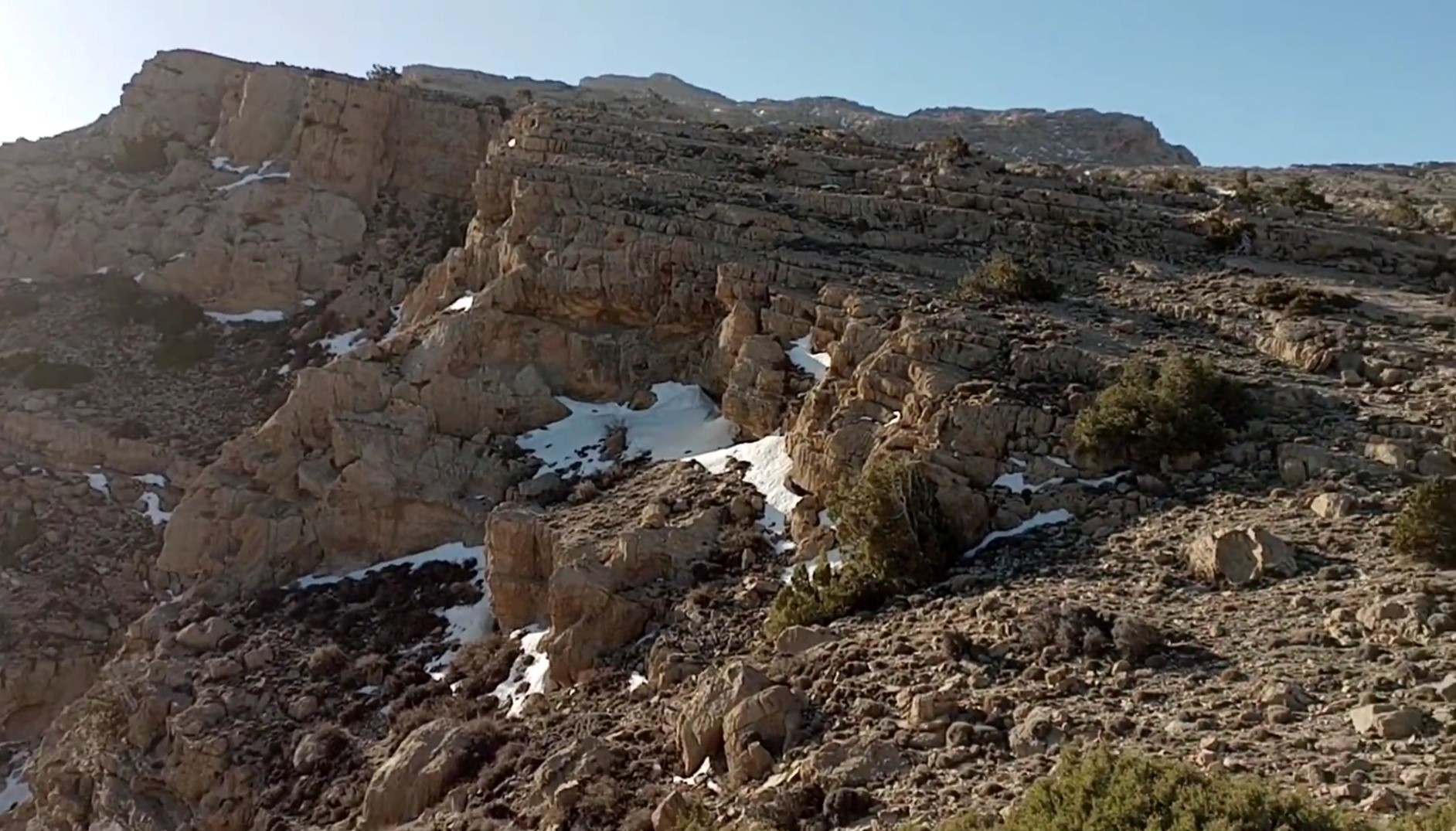 Location and Accessibility: Khalifat Peak sits at the confluence of Ziarat and Harai districts, offering two distinct approaches for climbers. From the Ziarat side, the peak can be reached via the Zizri valley, while the Harnai side provides access through the Shariq valley. These pathways provide adventurers with the opportunity to choose between the best routes that suit their preferences.
Location and Accessibility: Khalifat Peak sits at the confluence of Ziarat and Harai districts, offering two distinct approaches for climbers. From the Ziarat side, the peak can be reached via the Zizri valley, while the Harnai side provides access through the Shariq valley. These pathways provide adventurers with the opportunity to choose between the best routes that suit their preferences.
Climbing Routes: Enthusiasts embarking on this exhilarating journey have the choice of two primary routes. The first, and often considered the preferred option, takes climbers through the Zizri valley. This route not only promises the best experience but also eases the journey by starting at a higher altitude of 2250 meters, effectively shortening the climbing time.
The second route begins from Harnai, Shahrig, via Dumyara. However, this path poses a greater challenge due to the lower altitude of Harnai. The allure of this route lies in the panoramic view it offers, as the peak unveils itself majestically over the Shfihrig plain. The northern expanse of the Harnai valley serves as the base for this route, stretching from Mingi valley to Kholizgai.
Enchanting Surroundings: Beyond the thrill of conquering Khalifat Peak, the surrounding area provides a visual treat for those who appreciate natural beauty. A tapestry of wildflowers and diverse herbal plants adorns the landscape, set against the backdrop of a dense green juniper forest.
The allure of this forest is magnified by the presence of ancient juniper trees, some of which date back an astounding 5000 to 7000 years. These towering marvels contribute to the area’s ecological significance and offer a testament to the passage of time. Additionally, the wild olive forest adds to the region’s allure, with its own unique character.
Challenges and Rewards: Climbing Khalifat Peak is not without its trials. As climbers ascend beyond 9000 feet, the once-abundant vegetation gives way to barren, rocky terrain. The journey demands resilience as adventurers encounter sheer drops, deep gorges, and untamed limestone rocks.
The climb itself, spanning 6 to 8 hours, necessitates determination and physical prowess. However, the rewards are immeasurable – the panoramic view from the summit is a well-earned gift for those who persevere.
History of Khilafat Hill
Khilafat Hill has a long and storied history that spans centuries. The area around the hill has been inhabited by various tribes and communities for thousands of years, and it has been the site of many conflicts and battles throughout history. The hill was known by different names in different eras, including Takatoo, Chehlum, and Khilafat Hill.
One of the most significant events in the hill’s history was the Khilafat Movement, which took place in the early 20th century. The movement was a political and religious campaign aimed at preserving the Ottoman Empire and its Caliphate after the end of World War I. The hill was named after the movement in honor of the contributions made by the local Muslim population.
Geography and Features
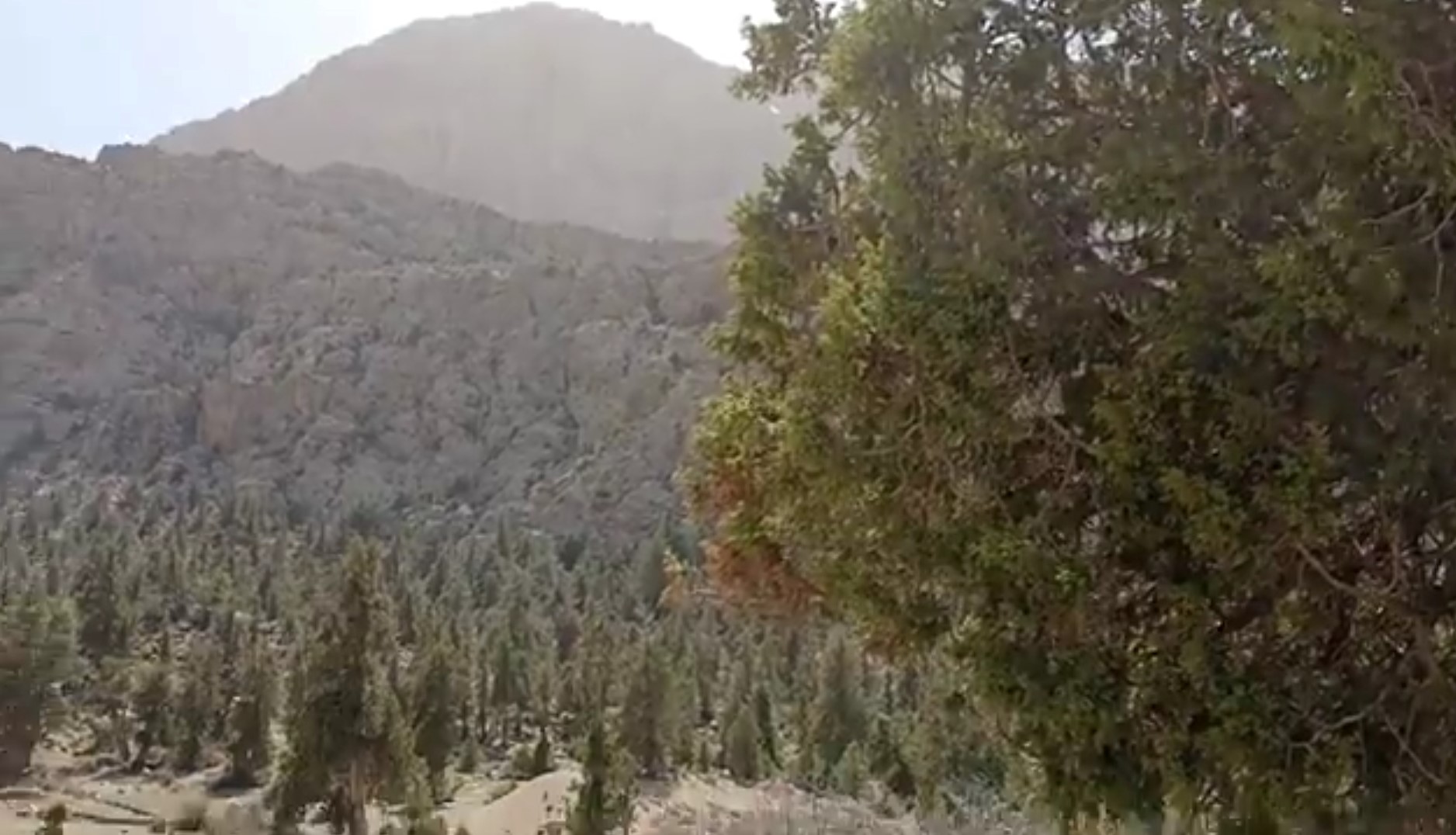 Khilafat Hill is located in the Sulaiman Mountain Range, which runs through the provinces of Balochistan and Khyber Pakhtunkhwa in Pakistan. The hill is a small, rocky outcrop that rises to a height of around 1,000 meters above sea level. It is surrounded by rugged mountains and steep valleys, and it offers stunning panoramic views of the surrounding landscape.
Khilafat Hill is located in the Sulaiman Mountain Range, which runs through the provinces of Balochistan and Khyber Pakhtunkhwa in Pakistan. The hill is a small, rocky outcrop that rises to a height of around 1,000 meters above sea level. It is surrounded by rugged mountains and steep valleys, and it offers stunning panoramic views of the surrounding landscape.
The hill is home to a diverse range of flora and fauna, including various species of shrubs, bushes, and trees. There are also many species of birds, reptiles, and mammals that can be found in the area, including eagles, vultures, jackals, and foxes.
Culture and Society
Khilafat Hill has played an important role in the cultural and social history of the region. The hill is revered by the local Muslim population, who consider it to be a sacred site. It is believed that the hill has spiritual significance and that it is a place of great power and energy.
The hill is also the site of many festivals and events throughout the year, including the Khilafat Day celebrations, which are held on January 23rd each year. The festival commemorates the contributions of the Khilafat Movement and celebrates the rich cultural heritage of the region.
Tourism and Recreation
Khilafat Hill is a popular destination for tourists and travelers who are interested in history, culture, and outdoor recreation. There are several hiking and trekking trails that lead to the summit of the hill, offering breathtaking views of the surrounding landscape.
The hill is also home to several landmarks and attractions, including the Quaid-e-Azam Residency in Ziarat, which is a historic building that was the home of the founder of Pakistan, Muhammad Ali Jinnah. There are also several parks and gardens in the area, including the Hanna Lake, which is a beautiful man-made lake that offers boating and fishing opportunities.
Challenges and Conservation
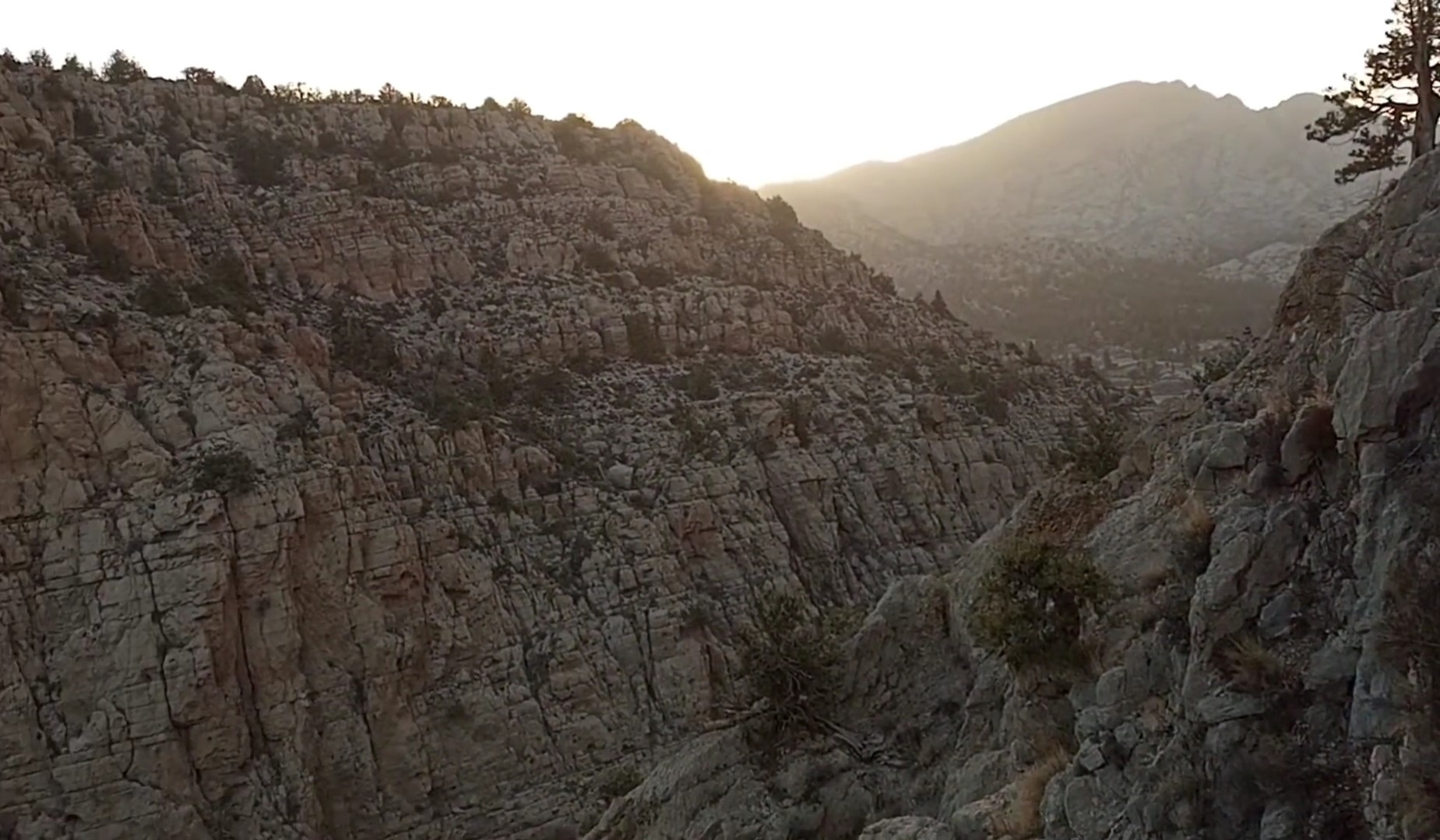 Khilafat Hill is facing several environmental threats and challenges, including deforestation, land degradation, and soil erosion. These threats are mainly due to the activities of local communities and the increasing population pressure in the region.
Khilafat Hill is facing several environmental threats and challenges, including deforestation, land degradation, and soil erosion. These threats are mainly due to the activities of local communities and the increasing population pressure in the region.
To address these challenges, several conservation initiatives have been launched in recent years, including reforestation and afforestation programs, soil conservation measures, and awareness-raising campaigns. These initiatives aim to promote sustainable development and preserve the natural beauty and biodiversity of the area.
Khalifat Peak encapsulates the essence of adventure and natural beauty. Its challenging routes, ancient juniper forests, and unparalleled vistas provide an experience that’s both physically demanding and spiritually rewarding. For those who dare to scale its heights, Khalifat Peak promises an unforgettable journey that melds the thrill of conquest with the splendor of nature.

